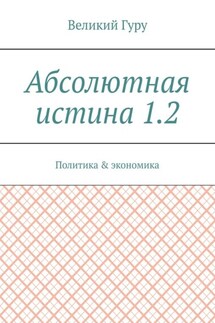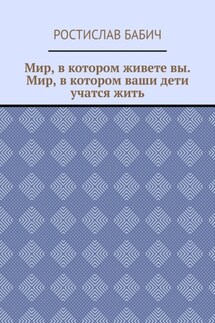Размышления женщины о геополитике - страница 19
In 1954, the focus of action in the field of international taxation shifted from the League of Nations to the Organization for European Economic Co-operation and further on to the OECD. On 30 July 1963, the Council of the OECD adopted the Recommendation concerning avoidance of double taxation and published a new Model Convention and Commentaries in 1977.
According to the OECD, «International juridical double taxation can be generally defined as the imposition of comparable taxes in two (or more) States on the same taxpayer in respect of the same subject matter and for identical periods. Its harmful effects on the exchange of goods and services and movements of capital, technology and persons are so well known that it is scarcely necessary to stress the importance of removing the obstacles that double taxation presents to the development of economic relations between countries». Correspondingly, «the main purpose of the OECD Model Tax Convention on Income and on Capital is to provide «a means of settling on a uniform basis the most common problems that arise in the field of international juridical double taxation»49. Since 1963, the OECD Model Convention has extended its influence far beyond the OECD area serving as a pattern for tax treaties between member and non-member countries and even between non-member countries.
In the mid-1960s, the United Nations renewed its interest in the problem of double taxation as part of its action to promote flows of foreign investment to developing countries. The UN stated that «The growth of investment flows from developed to developing countries depends to a large extent on what has been referred to as the international investment climate. The prevention or elimination of international double taxation – i.e. the imposition of similar taxes in two or more States on the same taxpayer in respect of the same base – whose effects are harmful to the exchange of goods and services and to the movement of capital and persons, constitutes a significant component of such a climate»50.
In 1980, the United Nations published the UN Model Double Taxation Convention between Developed and Developing Countries, which was preceded by the Manual for the Negotiation of Bilateral Tax Treaties between Developed and Developing Countries (1979). Like all model conventions, the UN Model Convention is not enforceable, i.e. its provisions are not legally binding. The UN Model Convention reproduces many Articles of the OECD Model Convention.
Ironically enough, the UN and OECD Conventions not only boosted flows of foreign direct investments but also had created a legal basis for massive tax avoidance. Multinational corporations took advantage of legal loopholes and skillfully used aggressive tax planning in order to hide their assets and profits in offshores. That became possible due to concluding bilateral tax treaties on avoiding double taxation. Shortly after successfully creating a worldwide network of more than 3,000 bilateral tax treaties, the OECD committed itself to developing an anti-offshore legislation.
The Convention on Mutual Administrative Assistance in Tax Matters represents a kind of transitional law from protecting MNEs against double taxation to preventing double non-taxation by the same MNEs. The Convention was developed jointly by the OECD and the Council of Europe in 1988 and was amended by the Protocol in 2010. The Convention provides for administrative co-operation between states in the field of assessment and collection of taxes, in particular, with a view to combat tax avoidance and evasion. This co-operation ranges from exchange of information, including automatic exchanges, to recovery of foreign tax claims







